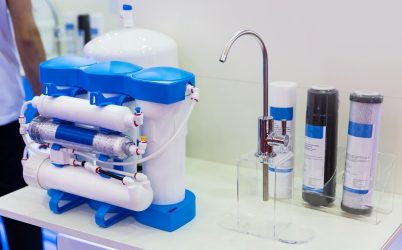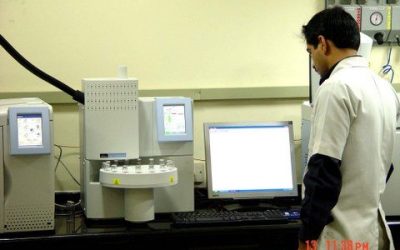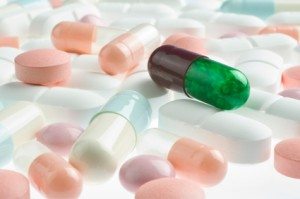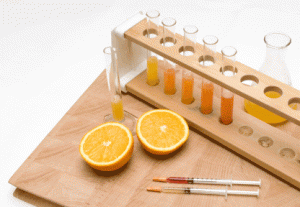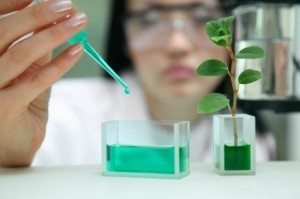Liquid glucose or glucose syrup is a widely used ingredient in a variety of packaged food and bakery items. The manufacturers of these products have to get their liquid glucose tested in order to ensure it matches the industry standards.
Liquid glucose testing and quality have a major impact on the quality and stability of products where it is used as an ingredient in large quantities. Arbro routinely carries out testing of liquid glucose for clients from various industries. We can conduct analysis as per both Indian Standard and Pharmacopoeial specifications.
Liquid glucose or glucose syrup is a widely used ingredient in a variety of packaged food and bakery items. The manufacturers of these products have to get their liquid glucose tested in order to ensure it matches the industry standards.
What is Liquid Glucose?
Liquid glucose is also known as Corn Syrup is usually prepared from maize starch and contains varying amounts of maltose and higher oligosaccharides. Chemically it is a liquid starch hydrolysate of oligo and polysaccharides and made from any source of starch; wheat, rice, and potatoes are the most common sources.
It would be wrong to compare liquid glucose with your body’s primary source of energy, i.e., glucose. Alternatively, this component is prepared through the process of hydrolysis, where glucose molecules get broken into starchy foods.
Due to the high glucose content in the final product, it tastes sweeter. One of the major features of liquid glucose is that it does not crystallize. That is why it serves as a great ingredient for candy, fondant, canned baked foods, and beer. Liquid glucose uses do not limit to these because it can be used in various places throughout the food industry.
There are two main types of liquid glucose:
- Confectioner’s Syrup: This type contains 19% glucose, 11% maltotriose,14% maltose, and 56% other carbs. Its preparation includes processing through acid hydrolysis.
- High-Maltose Glucose Syrup: Unlike the previous one, this one contains a high percentage of maltose, i.e., 50 to 70%. It is hugely preferred for keeping the food items dry, and it does not taste much sweet.
These can be several different types of liquid glucose based on their ingredients and preparation process.
What Is Liquid Glucose Made of?
Despite being a popular ingredient, many people are not aware of what is liquid glucose made of. The fundamental component required for liquid glucose is starch. Now, this starch can be extracted from various sources like corn, potatoes, cassava, barley, and wheat. Out of all, corn stands as one of the most preferred sources of liquid glucose.
Popular Liquid Glucose Uses
It may be clear to you by now that this ingredient is used in food items that require additional sweetness. That is why It is widely used in the confectionery, biscuit, and food canning industries, as a thickener, sweetener and to modify the texture and mouthfeel of food preparations.
It is also used as the humectant to prevent crystallization in products containing high concentrations of sugar. Liquid glucose is also a main ingredient of candies and sweets. In the pharmaceutical industry, it is used as a cost-effective replacement to sugar syrup in oral syrup preparations and is also used in tablets for coating and as a granulating agent.
Understanding Liquid Glucose Nutritional Value
Now that you have understood all the essential aspects of liquid glucose, let’s move on to its nutritional value details.
When liquid glucose is widely used in food items for increasing their life or sweetness, it is crucial to see how beneficial or harmful it is for your health. Usually, there is little to no liquid glucose nutritional value due to a lack of nutrients like fat and protein in it.
Being a sugar product, its large quantities can cause severe problems in your body. That is why it is recommended to minimize food items containing this component in your everyday diet.
For this, you can check your packaged food items’ list to see whether or not they contain any liquid glucose as an ingredient. However, there is no much harm in consuming the same in small quantities.
This was all about liquid glucose specifications. Let’s now see its testing requirements and regulations.
Why Get Liquid Glucose Tested?
Manufacturers who use liquid glucose as one of their primary ingredients for producing food products need to get the overall quality of the component checked.
It ensures that the food item does not contain any harmful substances or something else that must be mentioned on the label. Plus, this testing can help in getting proper authorization from the officials.
What Are Liquid Glucose Testing Requirements as a Food Ingredient?
The specifications for liquid glucose testing as a food ingredient are laid down in the Indian Standard (IS: 873 – 1974 Reaffirmed 2005) additionally under the Food Safety and Standards Regulations 2011 test of Sulphur Dioxide has been reiterated as an important test and the limit has been set at 450 ppm. Other tests include Total Solids, Ash, pH, Toxic Metals, Microbial pathogens and Dextrose Equivalent (DE) Value.
What are Liquid glucose testing requirements as a Pharmaceutical Excipient–
For use as a pharmaceutical excipient, the requirements have been defined in the United States Pharmacopoeia (USP-NF), the British Pharmacopoeia and the European Pharmacopoeia. Some of the tests required include Identification, Acidity, Water content, Heavy metals, Assay as DE value and Sulphur dioxide.




